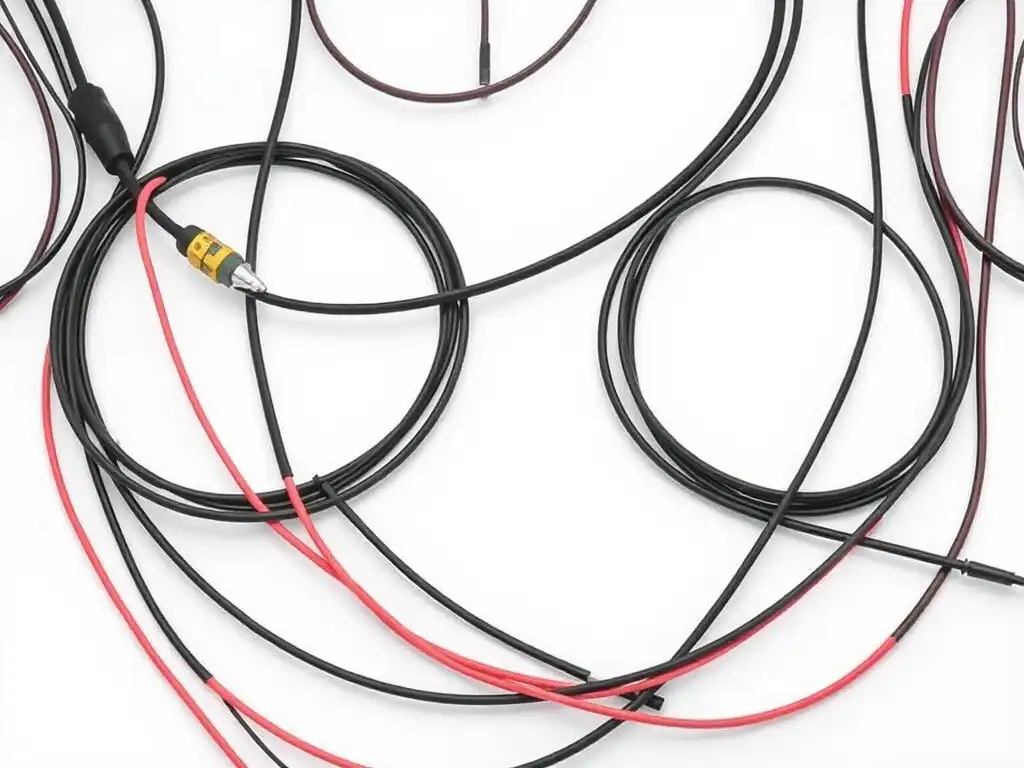In the intricate world of electrical components, understanding the nuances and critical roles of wires, cables, and harnesses is essential for professionals in various industries. We are a professional wire harness manufacturer with years of experience and strong R&D capabilities. This knowledge not only enhances project design but also ensures the safety and efficiency of electrical systems.
Wires:
Wires are the fundamental elements of circuits, integrated into various devices, powering our daily gadgets and large machinery. Wires are wrapped in insulating materials that protect against environmental threats and accidental conductivity, ensuring electricity flows seamlessly.
Cables:
When wires are bundled together, they form a cable. This assembly, wrapped in a protective sheath, is the backbone of long-distance power and data transmission. Connecting multiple wires together achieves greater operating capabilities and durability than a single wire. They range from simple designs, such as connecting a mouse to a computer, to complex setups that power city infrastructure. The protective outer layer protects the inner conductors from electromagnetic interference, physical damage, and the elements, creating a reliable path for electrical signals.
Wire Harnesses:
Enter the world of wire harnesses, and sophistication and complexity go hand in hand. A wire harness integrates various wires and cables into a unified unit. This complex combination is carefully organized with bands, cable ties, or conduits to suit specific applications. As a professional wire harness manufacturer, we excel in manufacturing these components to meet the challenges of managing complex wiring systems. Wire harnesses help simplify installation, improve safety by avoiding potential short circuits, and simplify maintenance. Their inherent value is particularly prominent in complex environments such as automotive and aerospace, where keeping numerous connections tightly organized is critical.
Differentiating between wires, cables, and wire harnesses is not just academic; it has practical significance for engineers, designers, and technicians. The choice of using wires, cables, or wire harnesses depends on the scope, complexity, and requirements of the application:

Wires are suitable for simple, direct electrical connections with a single path.
Cables provide solutions for demanding environments requiring multi-wire configurations to provide power or transmit data over long distances.
Wire harnesses meet the complex needs of complex systems, ensuring that multiple cables and wires are efficiently organized, protected, and easily maintained.
As a professional wire harness manufacturer, we can provide valuable insights and quality wire harnesses based on the complex needs of our customers. Our expertise ensures that no matter the complexity or scope of your project, the electrical components selected are wise, optimal, and conducive to project success.
While wires, cables, and harnesses may appear interchangeable to the layperson, their unique functions, configurations, and applications underscore the importance of precise selection and implementation. A thorough understanding of the nuances of these components is essential for those navigating the electrical landscape in automotive, aerospace, consumer electronics, and more.
As a professional wire harness manufacturer, our commitment goes beyond simply providing products. We aim to provide our customers with the knowledge and solutions for project excellence. Understanding the fundamental differences between wires, cables, and harnesses is the first step in realizing the full potential of electrical systems, ensuring they are safer, more efficient, and able to meet the demands of our rapidly evolving world.



